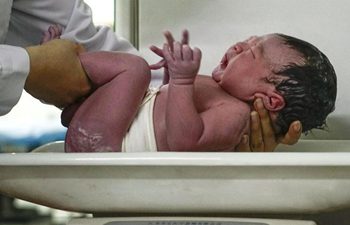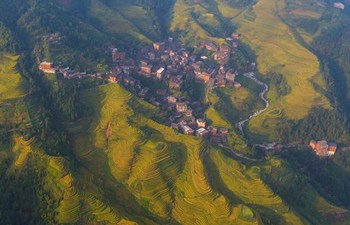LOS ANGELES, Oct. 1 (Xinhua) -- In a step toward bridging the gap between fungal taxonomy and molecular ecology, U.S. scientists have characterized a sample of "mystery" fungus collected in North Carolina and found its home in the fungal tree of life.
The sample was eventually given a new name, Bifiguratus Adelaide, as reported recently published in the journal Mycologia. It was named in honor of Dr. Adelaida Chaverri Polini, who was a world-recognized tropical biologist and role model for women in Latin America in science, technology, engineering, and mathematics. Her major contributions were in the study and conservation of tropical montane forests and treeless alpine grasslands.
Scientists estimate that there should be more than 5 million species of fungi. However they have only "identified and fully described 100,000 of them, though, and new DNA sequencing capabilities show us that many, many specimens in research collections are uncharacterized," Cheryl Kuske, a Los Alamos scientist on the project, said in a statement.
"Solving this particular mystery shows the potential value of using environmental sequencing to guide taxonomic and ecological discovery," said Kuske.
The fungal sample was interesting partly as it represented a major component of the observed fungal population in a pine forest and it responded positively to elevated CO2 and nitrogen amendment treatments that mimic future environmental conditions--yet the sample's exact placement in the taxonomic order was unknown, according to the new report.
As an editorial in the journal pointed out, this sample represented one of many "dark matter fungi" that populate unknown regions of the fungal tree of life. Scientists can detect their DNA in environmental samples, but their culture has been elusive.
Interestingly, the collected sample had been cultured successfully in the laboratory only when it was allowed to grow in the company of a species of bacteria, Methylobacterium, that antibiotics were unable to kill. Normally the fungal sample would have been cleared of such contaminants, but this one resisted their attempts, according to Los Alamos National Laboratory.

















